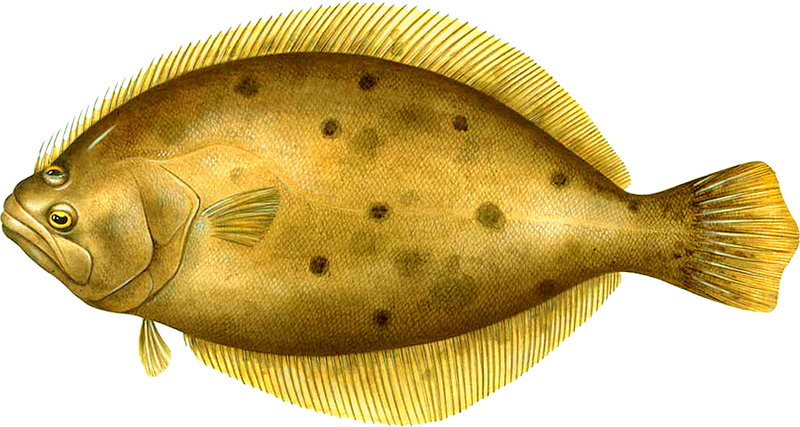Fish count finds numbers down but species up in Inland Bays
A preliminary survey of fish and crabs in the Inland Bays found a steep decline in the total number of fish compare with previous years, but at the same time more species of fish than ever before.
A group of volunteers took samples at more than 200 sites throughout the Inland Bays using a seine to capture whatever sea life may be swimming in the area. The volunteer group has collected samples since 2011 and reports its findings to the Center for the Inland Bays.
Ron Kernehan, director of the annual survey, told members of the CIB's Citizens Advisory Council Nov. 21 that this year's numbers were the lowest since the survey began, but the number of species went up.
“We're trying to find an average abundance at any site,” he said.
The study will establish a baseline of data to be used in future studies, he said.
“The advantage of a survey like this grows with time,” said Roy Miller, policy coordinator for the CIB.
In 201, the CIB survey found a total of 55,908 fish representing 37 species, based on the CIB survey. In 2012, only 46,043 fish were counted, but the number of species rose to 45.
Unofficial numbers for 2013 were about 26,000; the number of species recorded is 49.
Kernehan said new fish species recorded included bluegill, gizzard shad, Atlantic moonfish, pollock, redfin pickeral and striped searobin.
“It shows the systems weren't totally messed up,” he said.
The number for existing species of flounder were higher than ever, the report shows.
“Summer and winter flounder were everywhere and more abundant than ever,” Kernehan said.
Blue crab numbers were not released; Kernehan said they need another year to gather comparative samplings.
Kernehan said it's unclear why fewer fish were counted this year. Although the drop in numbers seems drastic, he said, it could have something to do with salinity and the inordinate amount of rainfall the area received last summer.
“There was too much rainfall, too often, lowering salinity,” he said.
Fish could have moved into deeper water for a more tranquil setting than the waist-high waterways where volunteers sampled, he said.
Over the past three years of sampling, Kernehan said he is not sure whether there has been a normal weather cycle. Last summer's massive rainfalls followed the hot and dry summer of 2012. Kernehan said possibly the first year of the fish survey in 2011 had a normal weather pattern.
“Maybe I've seen one normal year; maybe I haven't,” he said.
Sally Boswell, CIB education outreach coordinator, said CIB will review the raw data for a final survey count.
Kernehan said he hopes to complete the 2013 report before the 2014 sampling begins in April.
Melissa Steele is a staff writer covering the state Legislature, government and police. Her newspaper career spans more than 30 years and includes working for the Delaware State News, Burlington County Times, The News Journal, Dover Post and Milford Beacon before coming to the Cape Gazette in 2012. Her work has received numerous awards, most notably a Pulitzer Prize-adjudicated investigative piece, and a runner-up for the MDDC James S. Keat Freedom of Information Award.
















































